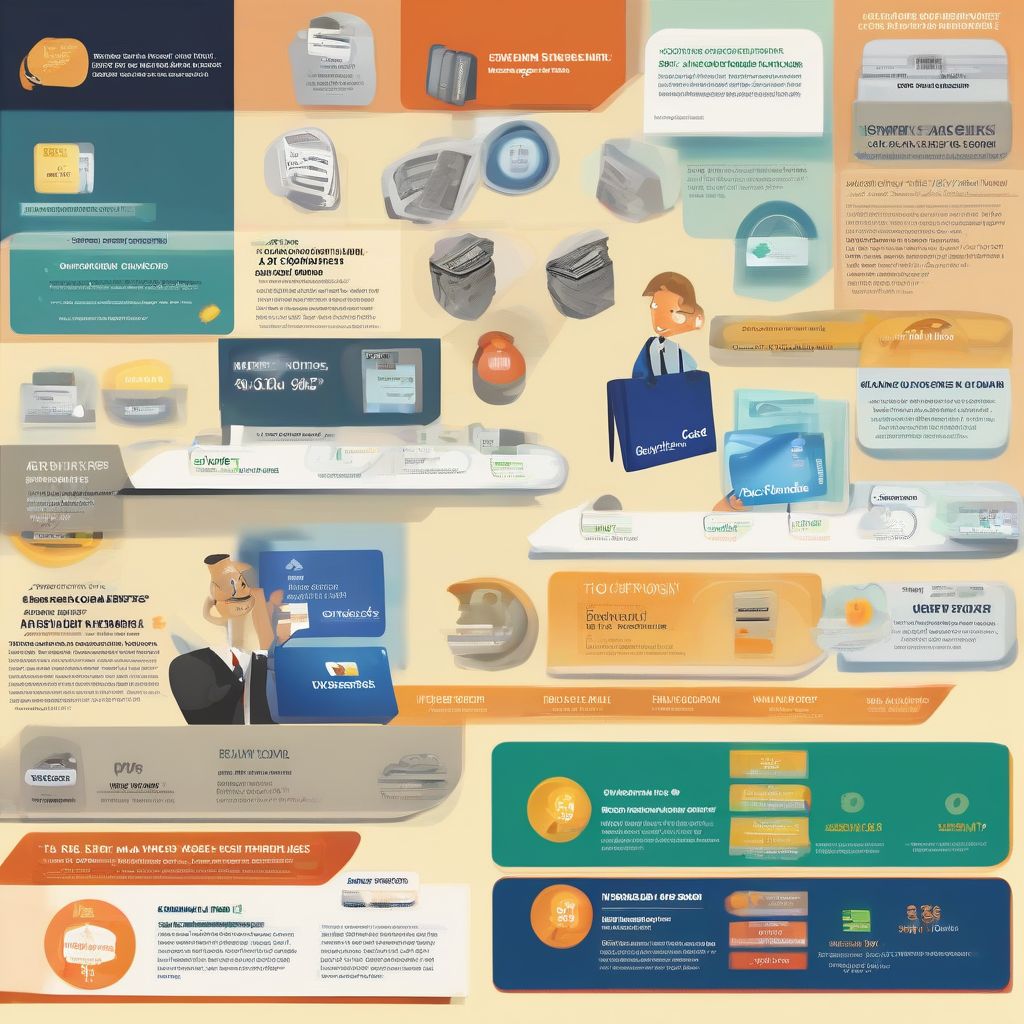Small Business Lending: A Comprehensive Guide
Starting or expanding a small business often requires a significant influx of capital. While bootstrapping can be an option, many entrepreneurs turn to lozaviral.com/small-business-lending/">Small Business Lending to fuel their ventures. Understanding the ins and outs of this type of financing is crucial for making informed decisions and securing the best possible terms.
What is Small Business Lending?
Small business lending refers to the process of financial institutions and other lenders providing loans specifically tailored to the needs of small businesses. Unlike personal loans, these loans consider the business’s financial health, revenue streams, and growth potential.
Why is Small Business Lending Important?
Small businesses are the backbone of many economies, driving innovation and creating jobs. Access to capital through lending allows them to:
- Launch new products or services: Innovation often requires upfront investment, which lending can provide.
- Expand into new markets: Reaching a broader customer base can lead to increased revenue and brand recognition.
- Hire additional employees: As businesses grow, they need skilled personnel to manage operations and meet demand.
- Purchase equipment or inventory: Lending can help businesses acquire the assets they need to operate efficiently.
- Manage cash flow: Seasonal businesses or those with inconsistent revenue streams can benefit from loans to cover operational expenses.
Types of Small Business Loans
Navigating the world of small business lending can feel overwhelming. Here are some common types of loans available:
- SBA Loans: Partially guaranteed by the Small Business Administration, these loans offer favorable terms and lower interest rates.
- Term Loans: These loans provide a lump sum upfront, repaid over a fixed period with regular payments.
- Business Lines of Credit: Offer flexible access to funds up to a pre-approved limit, ideal for managing short-term cash flow needs.
- Equipment Financing: Specifically designed to finance the purchase of equipment, using the equipment itself as collateral.
- Invoice Financing: Allows businesses to borrow against outstanding invoices, providing immediate working capital.
Factors to Consider When Seeking Small Business Lending
Before approaching lenders, it’s essential to carefully evaluate your business’s needs and preparedness:
- Credit Score: Lenders assess personal and business credit history to determine creditworthiness.
- Revenue and Cash Flow: Demonstrating a healthy financial track record increases the likelihood of loan approval.
- Collateral: Lenders may require assets as security for the loan.
- Industry and Experience: Lenders consider the experience of the business owner and the industry’s growth potential.
- Loan Purpose and Amount: Clearly define how the loan will be used and request a realistic amount.
Finding and Securing the Right Loan
With a plethora of lenders offering various loan products, finding the right fit requires research:
- Traditional Banks: Offer competitive rates but often have stringent eligibility requirements.
- Credit Unions: Member-owned institutions that may provide personalized service and flexible terms.
- Online Lenders: Streamlined application processes and faster approval times, but potentially higher interest rates.
- Microlenders: Specialize in providing small loans to startups and underserved communities.
Tips for a Successful Loan Application
A well-prepared application can significantly improve your chances of securing funding:
- Gather all necessary documentation: Financial statements, tax returns, and business plans.
- Develop a strong business plan: Outline your business model, target market, and financial projections.
- Shop around and compare offers: Explore different lenders and compare interest rates, fees, and repayment terms.
- Be transparent and honest: Provide accurate information and be upfront about your business’s financial situation.
Conclusion
Small business lending plays a vital role in fostering economic growth and empowering entrepreneurs. By understanding the different types of loans available, assessing your business’s needs, and carefully evaluating lenders, you can navigate the lending landscape confidently and secure the funding you need to achieve your business goals. Remember to explore additional resources and consult with financial advisors to make informed decisions tailored to your unique circumstances.



